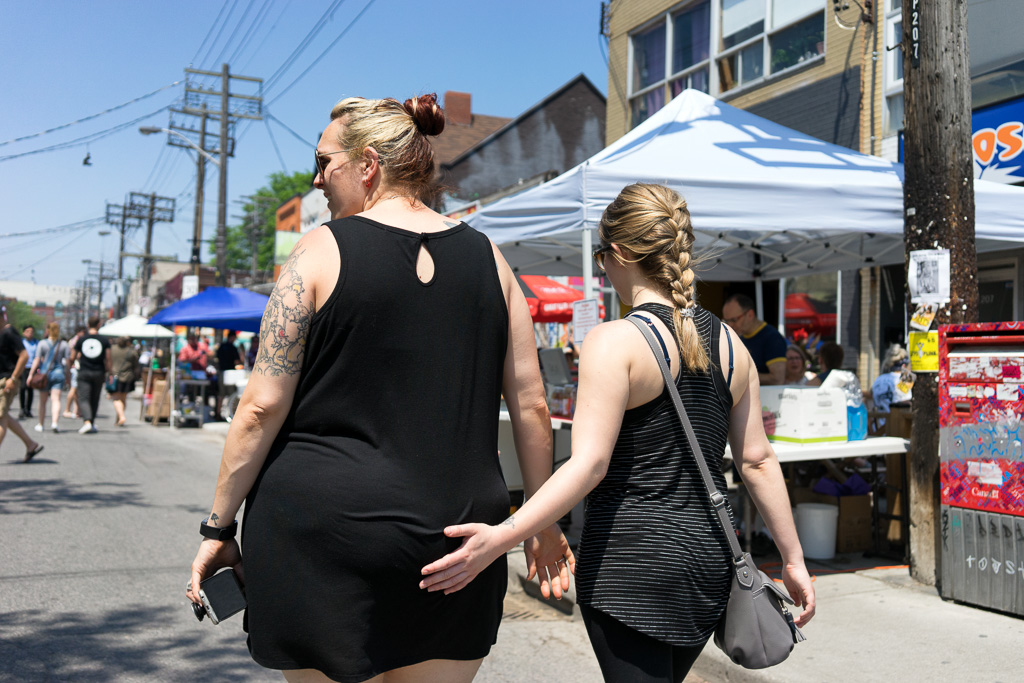
In the dinosaur exhibit at the Royal Ontario Museum, two visitors gaze into a glass display cabinet. I notice how the skeleton of a triceratops, suspended from the ceiling, is reflected in the glass of the cabinet. Two heads from the late Cretaceous period gaze at two heads from the early Anthropocene period, spanning a gap of 65 million years. Through the window, blurred in the background, is a new condominium residence on the north side of Bloor Street West, a typical sight as the urban population here intensifies. The triceratops skulls give the impression they are whispering secrets to the human visitors, maybe imparting a little of what they know about extinction.
Roughly 65 million years ago, in an event known as the Cretaceous-Tertiary Mass Extinction, a series of meteorites slammed into the planet, triggering an impact winter that killed 75% of all life on Earth including all dinosaurs. The upside is that this catastrophe created the conditions for mammals to thrive and ultimately evolve into homo sapiens. This is an upside from the point of view of homo sapiens; if we could interview cows domesticated for milk production, we might get a different opinion on the matter.
The idea of the Anthropocene is that humans have made an indelible mark on the geological record. As it has done in the past, the Earth could undergo a radical transformation, whether by asteroids or earthquakes or continental drift, yet none of that would be sufficient to erase the changes we have wrought upon the face of the planet. The lingering question is whether the idea of the Anthropocene is necessarily tied to a human-triggered 6th mass extinction. It is conceivable that we could leave an indelible mark without destroying ourselves and most other species in the process.
As a realist (depressingly so, at times), I’m inclined to think that Earth’s 6th mass extinction is already well underway. As with the K-T Mass Extinction, the event we have triggered will create fresh opportunities for new species to evolve. Maybe some of these new species will enjoy sentient self-awareness or, better yet, sentient self-aware wisdom. Imagine the rise of a hyper-intelligent dung beetle, or gnats that coalesce to form a collective consciousness. After another 65 million years, they might come to dominate the planet. They will build museums with a “Human” exhibit as an object lesson in how not to live. Giant dung beetles will gaze into cabinets at samples of teeth and fossilized fingernails while overhead, suspended from the ceiling and gazing down on them, are ancient human skeletons: the fossil record of a spectacularly unsuccessful species.













